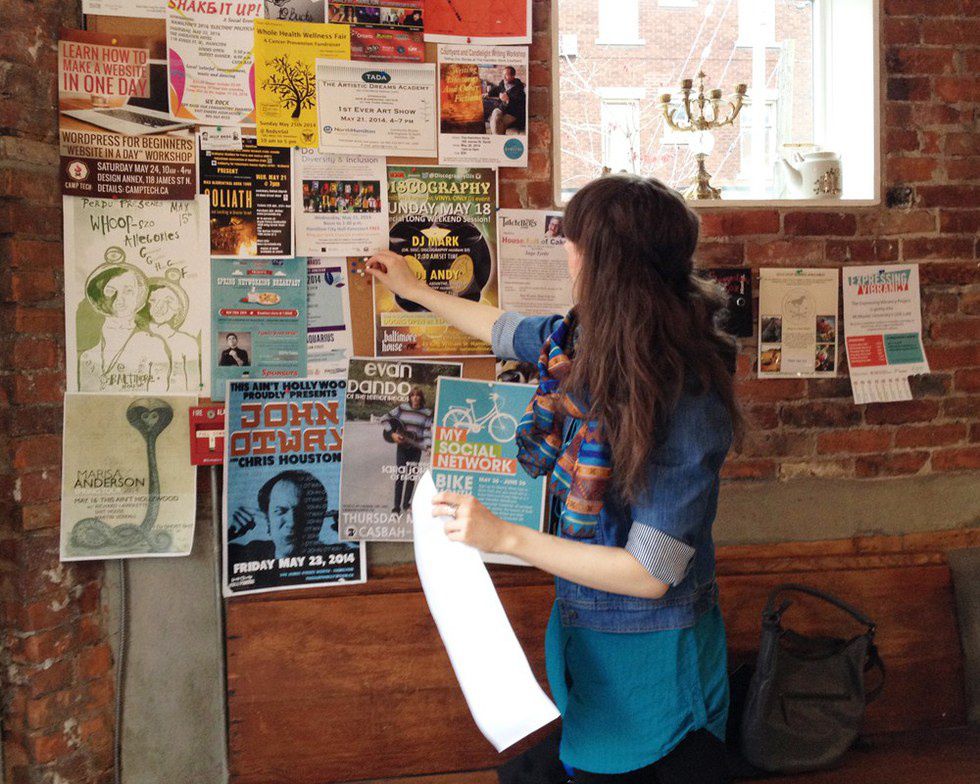There have been countless articles and blogs written about altered photos in advertisements. It may seem like a stale topic, but it is still quite relevant, as many companies that previously Photoshopped images are still doing so. The thing is, although many people know these images are fake, still some do not, and those that do know still aspire to look like people that are not real. The women in the photographs may not actually look like that, but the companies presenting these photographs are telling consumers that this is what they are supposed to look like; they are creating an ideal physiology that is not even real for a supermodel. This becomes a public health issue when 42 percent of girls in grades 1-3 want to lose weight and 45 percent of American women are on a diet on any given day (Perfect Illusions). Yes, girls who have barely even begun the process of maturation already want to obtain the unobtainable. And almost half the population of women is uncomfortable with their current form. This is not only an issue for women, as 25 percent of men are also dieting on any given day, however women are faced with more adversity in the realm of sexuality and physicality. The American Psychological Association reported that:
“In study after study, findings have indicated that women more often than men are portrayed in a sexual manner (e.g., dressed in revealing clothing, with bodily postures or facial expressions that imply sexual readiness) and are objectified (e.g., used as a decorative object or as body parts rather than a whole person). In addition, a narrow (and unrealistic) standard of physical beauty is heavily emphasized. These are the models of femininity presented for young girls to study and emulate.”
Victoria's Secretads are usually just montages of close-ups on a female’s body while she wears underwear. That may just be their agenda, but does that really make one want to buy their clothing? Victoria's Secret ads pander to men, and, I suppose, women who want to appeal to these men. The thought here is: if I wear this underwear, I will look like these girls, and men will lust after me like they do these supermodels. Alas, however, that is not how the real world works.
Last year (around November), American Eagle’s Aerie stopped airbrushing lingerie models. Instead, they left beauty marks, tattoos, folds, and dimples. And they were smiling and sitting rather than posing provocatively with smoldering looks. They were advertising with real girls. It should be mentioned that these girls were models and definitely young and skinny and beautiful, but they were showing natural beauty, not overly edited, hypersexual “hotness.” In the following quarters, sales of Aerie rose nine percent. What a perfect example of how advertisements work: by changing an ad strategy and actually, wholly appealing to the ideal customers (real women who wear underwear), sales increase.
An organization called The Brave Girls Alliance does work to try to push truth in advertisements. They have many partners, most of which are women’s organizations. Their biggest accomplishment has been the introduction of the Truth In Advertising Act, an act that would force companies to tell when they have altered photographs in adverts. Hopefully groups like this will be able to change the way advertising works in the future. However, modern culture and social media needs to be discussed here. We can talk about how we want to stop big companies from over-editing photographs, but are we not doing the same thing when we add an Instagram filter to our posts? Is it really different when you whiten your teeth versus when an advert does it? Are we enabling this phenomenon to continue because we are succumbing to the pressure from these companies? There are over 2,000 photo-editing apps on the Apple App store—over 2,000 different ways to make ourselves look like something we are not—all for "likes"—changing ourselves on a screen to look like something that is not real. Succumbing to social pressure does not make you prettier than someone else. Using these apps is the same thing as editing a photo in an ad. By editing a photo to make yourself look like an unreal version of yourself, you are reinforcing those high beauty standards that the media has created. There is an article on The Verge that discusses the pros and cons of Instagram and the idea that filters on photos take away from the “realness” of a photograph. People presenting themselves in a way that is not true to their followers sets unrealistic beauty standards just among our peers. We all know you blurred the oily spots on your face and whitened your teeth. That isn’t real. Embrace yourself: there is no “normal.”



















